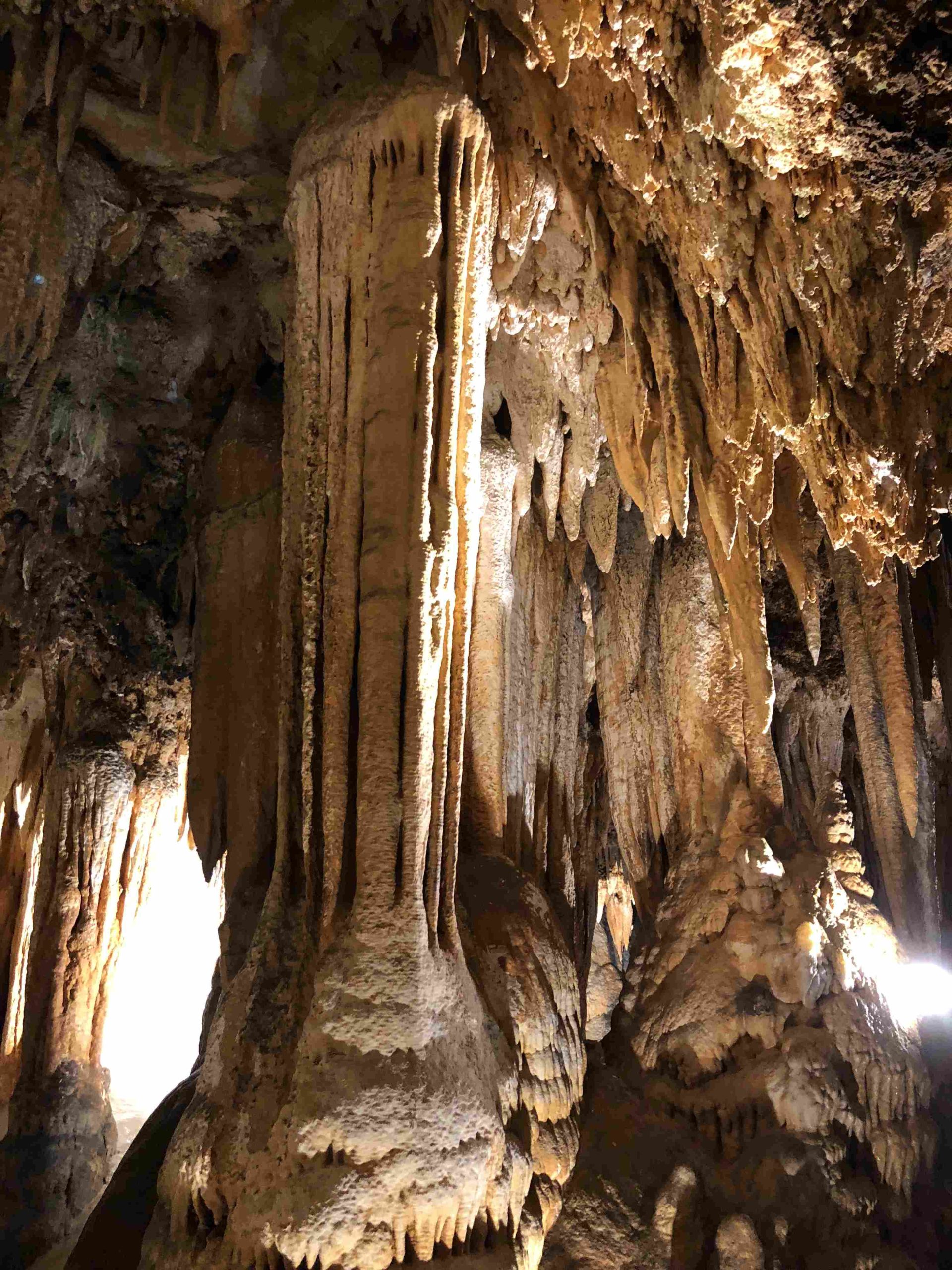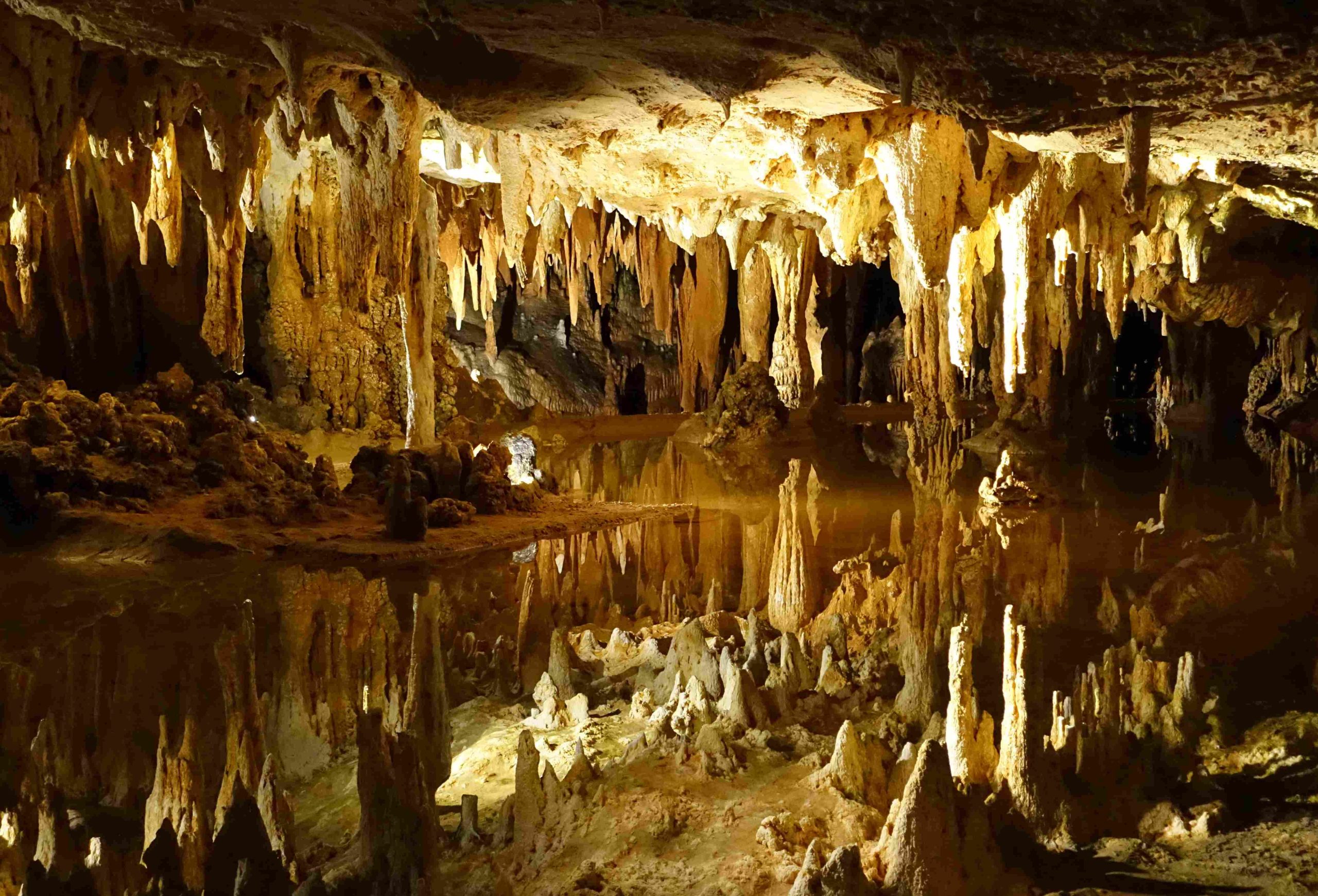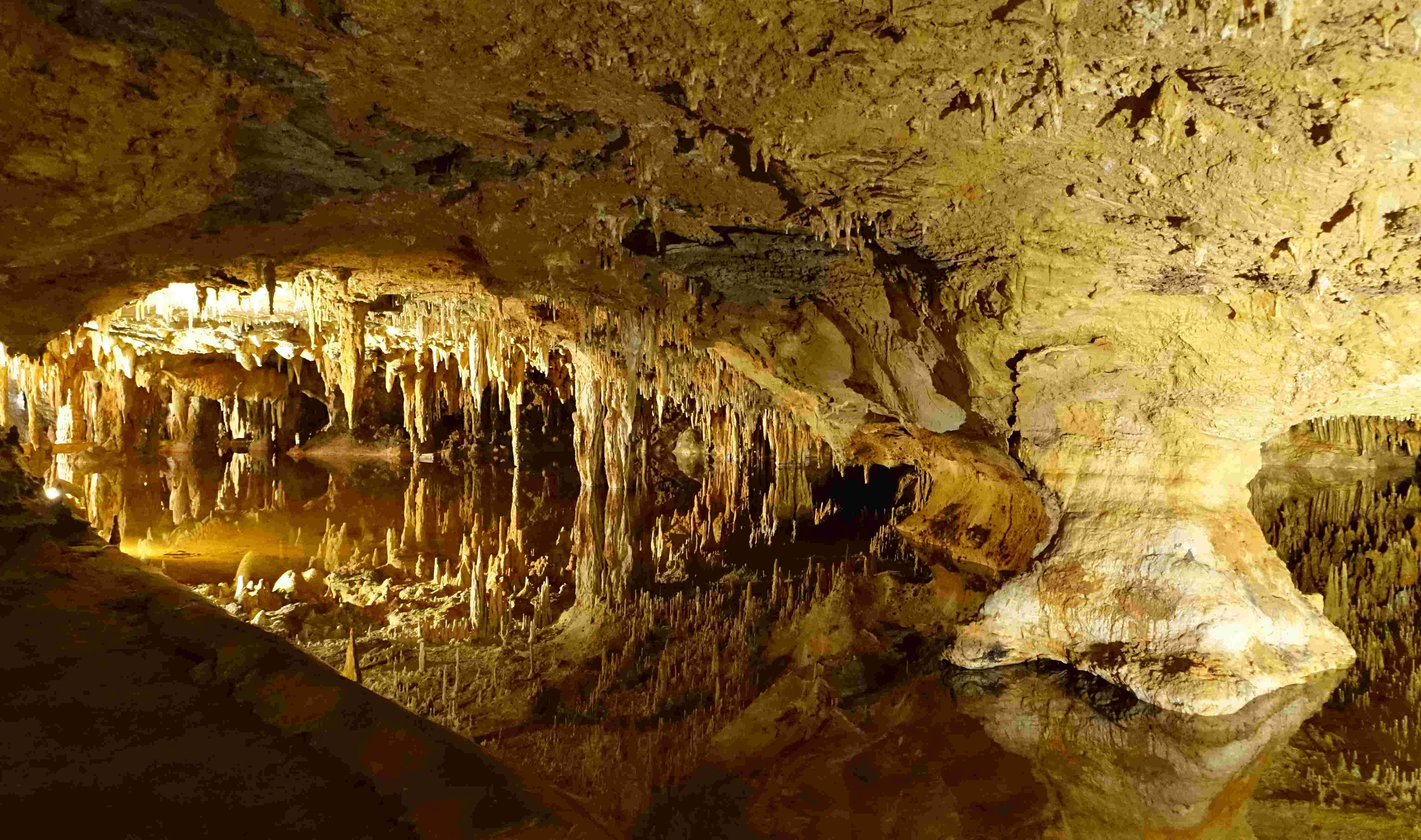Luray Caverns, located in Virginia’s Shenandoah Valley, is primarily known for its stunning geological formations and tourist appeal. While the caverns themselves have no direct military history, the surrounding area played a significant role during the American Civil War. This article explores the connections between Luray Caverns and military history, including the region’s Civil War significance, potential educational opportunities for scout groups, and the caverns’ use in various non-military capacities.
What is the Military Significance of Luray Caverns?

Luray Caverns itself does not have a direct military history. However, the Shenandoah Valley region surrounding the caverns has a rich military heritage, particularly from the American Civil War era. Key events in this area include:
- Stonewall Jackson’s 1862 Valley Campaign
- General Robert E. Lee’s advance to Gettysburg
- U.S. General Philip H. Sheridan’s final campaign in the Valley
These historical events make the region around Luray Caverns of interest to military history enthusiasts and researchers.
How Can Scout Groups Explore Military History at Luray Caverns?

While Luray Caverns doesn’t offer specific military history tours, scout groups can still benefit from educational experiences at the site:
-
General Cavern Tours: The standard 1.5-mile tour takes about an hour and includes 19 marked stops. This tour provides insights into the caverns’ geological and cultural significance.
-
Nearby Battlefields: Scout groups can combine their visit to Luray Caverns with trips to nearby Civil War battlefields, creating a comprehensive educational experience.
-
Local History Museums: The surrounding area offers museums and historical sites that can provide context to the region’s military past.
Are There Military Training Facilities at Luray Caverns?
No, Luray Caverns does not house any military training facilities. The caverns are primarily a tourist attraction and have been used for various non-military purposes throughout their history. Some notable uses include:
- Tourism and geological study
- Providing cool air for the Limair Sanatorium
- Hosting concerts and events in the Great Cavern
What Camping Options Are Available for Scout Groups at Luray Caverns?
While Luray Caverns is a popular destination, there is no specific information about on-site camping facilities for scout groups. However, the surrounding Shenandoah Valley offers numerous camping options that could complement a visit to the caverns:
- Shenandoah National Park
- George Washington National Forest
- Private campgrounds in the area
Scout leaders should research nearby camping facilities to plan a comprehensive trip that includes both a visit to Luray Caverns and outdoor experiences.
How Has Luray Caverns Contributed to Non-Military Scientific Advancements?
Although not related to military applications, Luray Caverns has contributed to scientific understanding in several ways:
-
Geological Studies: The caverns provide valuable insights into karst topography and cave formation processes.
-
Speleology: Researchers have studied the unique formations within the caverns, contributing to the field of cave science.
-
Paleontology: Discoveries of ancient animal remains in the caverns have aided in understanding prehistoric life in the region.
| Scientific Field | Contribution of Luray Caverns |
|---|---|
| Geology | Insights into karst topography and cave formation |
| Speleology | Study of unique cave formations |
| Paleontology | Discovery of prehistoric animal remains |
What Historical Artifacts Can Be Found at Luray Caverns?
While not directly related to military history, Luray Caverns houses several historical artifacts and features of interest:
-
The Great Stalacpipe Organ: A unique musical instrument that uses stalactites to produce sounds.
-
Pluto’s Ghost: A famous reflection in a pool of water that creates an optical illusion.
-
Prehistoric Animal Remains: Fossilized bones discovered within the caverns.
-
Native American Artifacts: Some artifacts from indigenous peoples have been found in the area surrounding the caverns.
How Has Tourism at Luray Caverns Evolved Since Its Discovery?
Since its discovery in 1878, Luray Caverns has become a major tourist attraction:
-
Early Tourism: Initially, visitors had to be lowered into the caverns by rope.
-
Infrastructure Development: Walkways, lighting, and other amenities were gradually added to improve accessibility.
-
Modern Attractions: Today, the site includes additional features like the Car and Carriage Caravan Museum and the Luray Valley Museum.
-
Environmental Considerations: Modern management focuses on preserving the caverns while accommodating visitors.
What Role Did Luray Caverns Play During World War II?
While Luray Caverns didn’t have a direct military role during World War II, the site was affected by the war in several ways:
-
Tourism Impact: Like many tourist attractions, visitation likely decreased during the war years.
-
Potential Shelter: Some speculate that the caverns could have served as a natural shelter in case of air raids, though there’s no evidence of official plans for such use.
-
Post-War Tourism Boom: After the war, improved transportation and increased leisure time led to a surge in tourism at sites like Luray Caverns.
In conclusion, while Luray Caverns itself doesn’t have a significant military history, its location in the historically rich Shenandoah Valley provides ample opportunities for those interested in military history to explore the region’s past. The caverns continue to be a valuable educational resource, offering insights into geology, history, and the natural world.
References:
1. Historic Battlefields – Luray Caverns
2. Discover the Magic of Virginia’s Luray Caverns
3. Luray Caverns – Wikipedia

